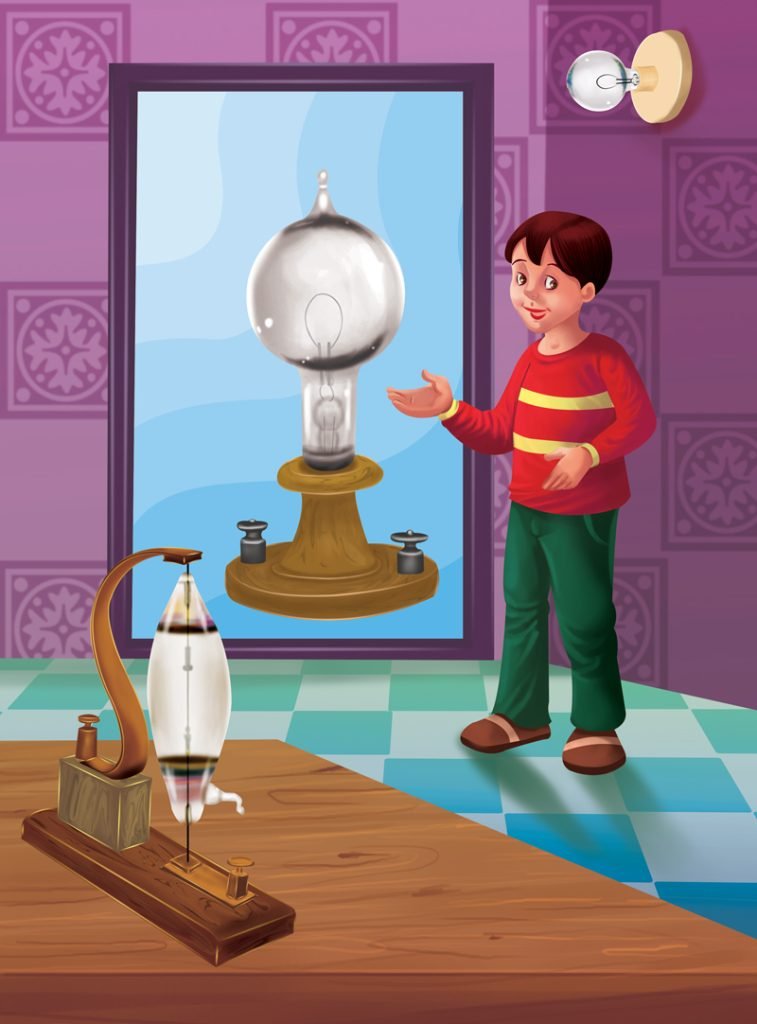The first electric light was made in 1800 by Humphry Davy, an English scientist. When he connected wires to his battery and a piece of carbon, the carbon glowed, producing light. In 1860, the English physicist Sir Joseph Wilson Swan (1828– 1914) was determined to produce long-lasting electric light. He found that a carbon paper filament worked well, but burned up quickly. In 1877, the American Charles Francis Brush manufactured some carbon arcs to light a public square in Cleveland, Ohio, USA. Thomas Alva Edison experimented with thousands of different filaments to find just the right material to glow well and be long-lasting. In 1879, Edison discovered that a carbon filament in an oxygen-free bulb glowed but did not burn up for 40 hours. Lewis Howard Latimer improved the bulb by inventing a carbon filament. In 1903, Willis R. Whitney invented a treatment for the filament so that it might not darken the inside of the bulb as it glowed. In 1910, William David Coolidge invented a tungsten filament which lasted even longer than the older filaments.
Light Bulb


